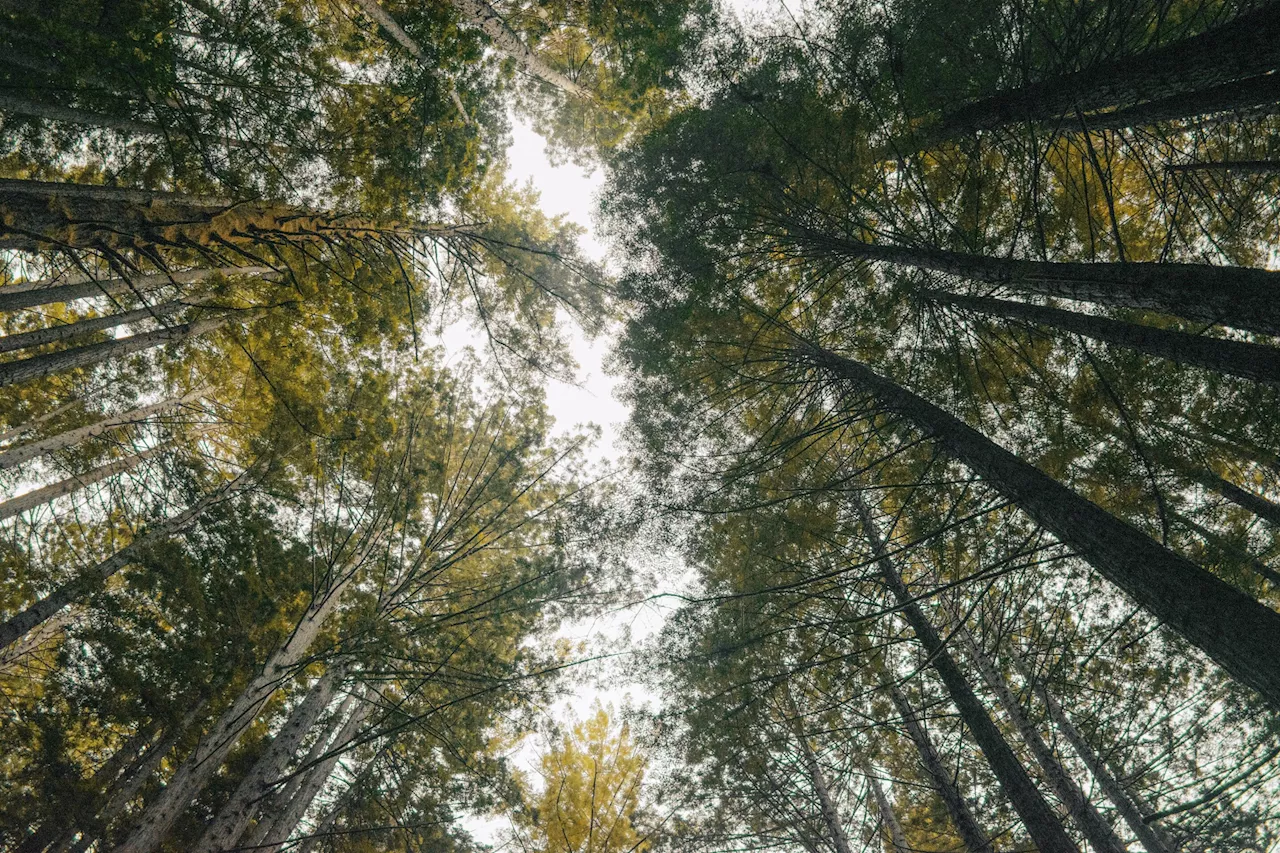Researchers suggest a third way for New Zealand to achieve both carbon capture and native forest growth by transitioning radiata pine forests into native forests over time through targeted management.
Researchers: Planting pine or native forest for carbon capture isn't the only choice— New Zealand can have best of both. Contribution to carbon emissions is very high by international comparison. But so too is its potential to mitigate climate change by planting forests to quickly sequester large amounts of carbon. There is sometimes passionate debate about how best to do this.
Should we continue establishing radiata pine plantations, or focus instead on planting New Zealand native trees? Arguments for and against each option exist—but there is also a third way that could achieve the best of both worlds: planting radiata pine forests that are not harvested, but instead transitioned over time into native forests through targeted management. We need to cut emissions drastically. But we also need to remove as much CO₂ from the atmosphere as possible, especially over the next 20 years. A transitional forest model is a powerful way to help achieve this. A newly planted native forest will absorb approximately 40 tons of atmospheric CO₂ per hectare over ten years
New Zealand Carbon Capture Forests Radiata Pine Native Trees Climate Change Emissions CO₂
